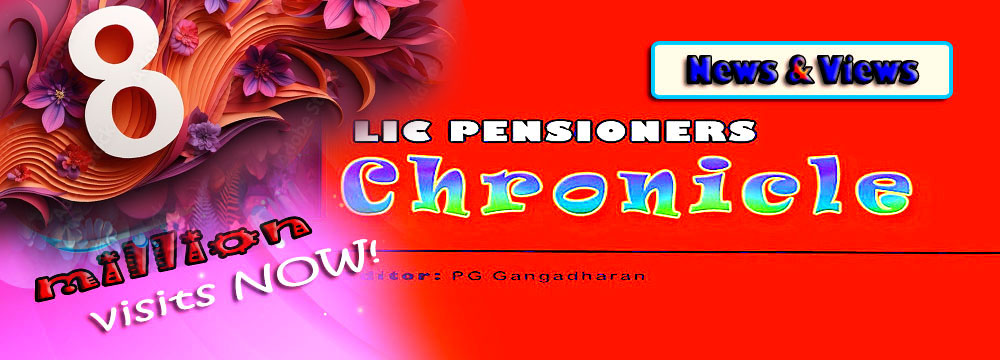"....songs and literary
works are
classified into five groups
based on how they are formulated
and
how easy they are to comprehend,
namely: KshIrapakam, DrAkshApAkam,
KadalIpAkam, IkshupAkam and
NALikErapAkam.
The easiest of all is the KshIrapakam or the milk form which can not only be easily consumed, but also is a wholesome food for all ages and people in all conditions. DrAkshApAkam : like grapes which can be eaten without any processing. Next is the KadalIpAkam, the banana ( a variety of which is the 'kadali') form which need only to be peeled to be eaten. IkshupAkam is like sugarcane which has to be crushed to extract the juice. The form most difficult to comprehend is the NALikErapAkam; it is like a coconut; it must be dehusked and the shell broken, the flesh grated and then used.
In a similar vein in Samskrtam the literary compositions are classified into three groups: Prabhusamhita, Suhrtsamhita and Kanthasamhita. Prabhusamhita instructs like a 'prabhu' or master who punishes when rules are transgressed (e.g., instructions such as in the Vedas), Suhrtsamhita instructs like a 'suhrt', a friend who advises on what to do and what not to do (e.g., like the Puranas) and Kanthasamhitha which instructs like a 'kantha' or one’s beloved who advises and cites examples / cajoles/ coaxes / persuades / pleads as the situation requires to achieve the same end, namely ‘upadesa’ (e.g., as in Kavyam).
It is noteworthy that these different formulations or forms of communication are not understood as being part of a hierarchical system where one cannot replace or supersede another or is considered the generally superior form. Each one serves a specific need and may be the most appropriate for a particular context or for a given purpose."
---A.V.Balasubramanian, Folk Knowledge Compared with Classical Textual Knowledge : International Forum for India's Heritage. (Edited by PR)
